





































































































The natural world is brimming with ratios, and spirals, that have been captivating mathematicians for centuries.
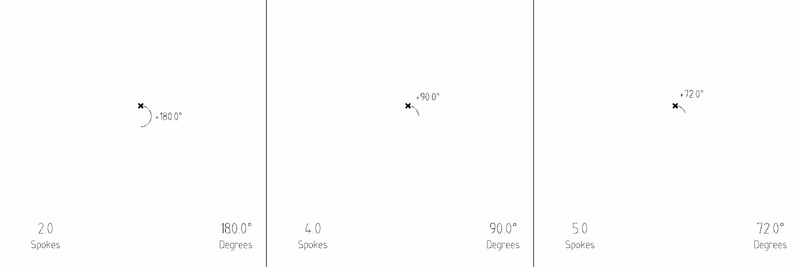
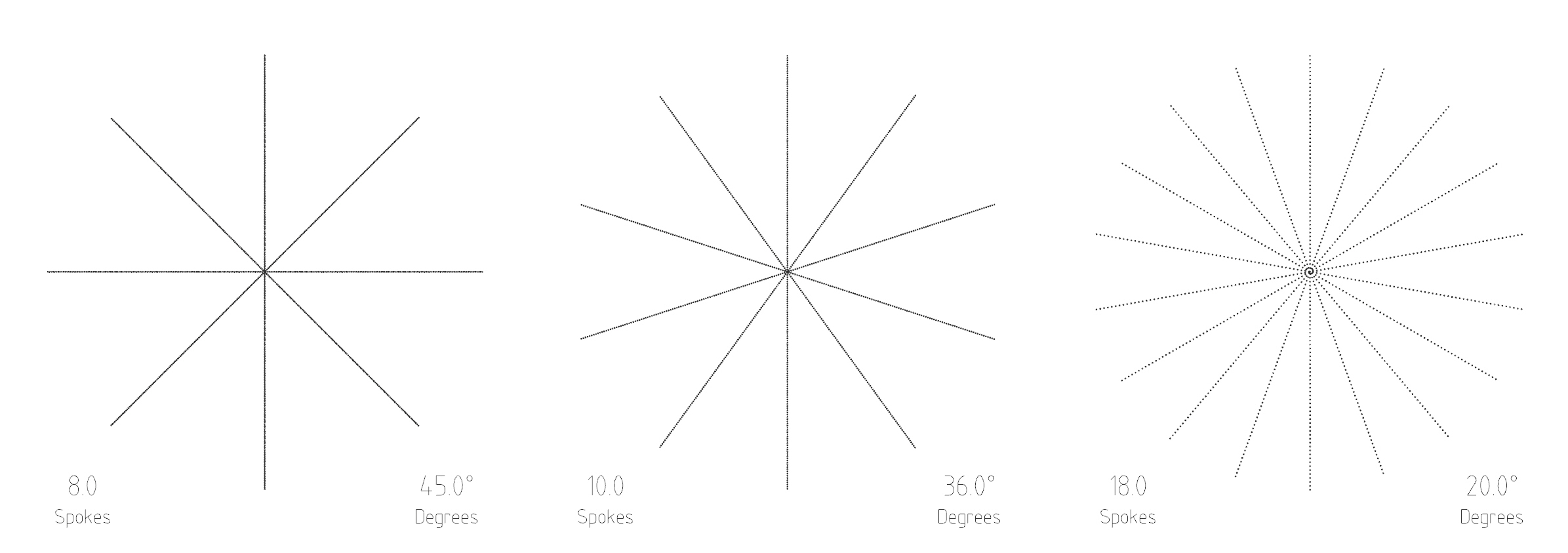
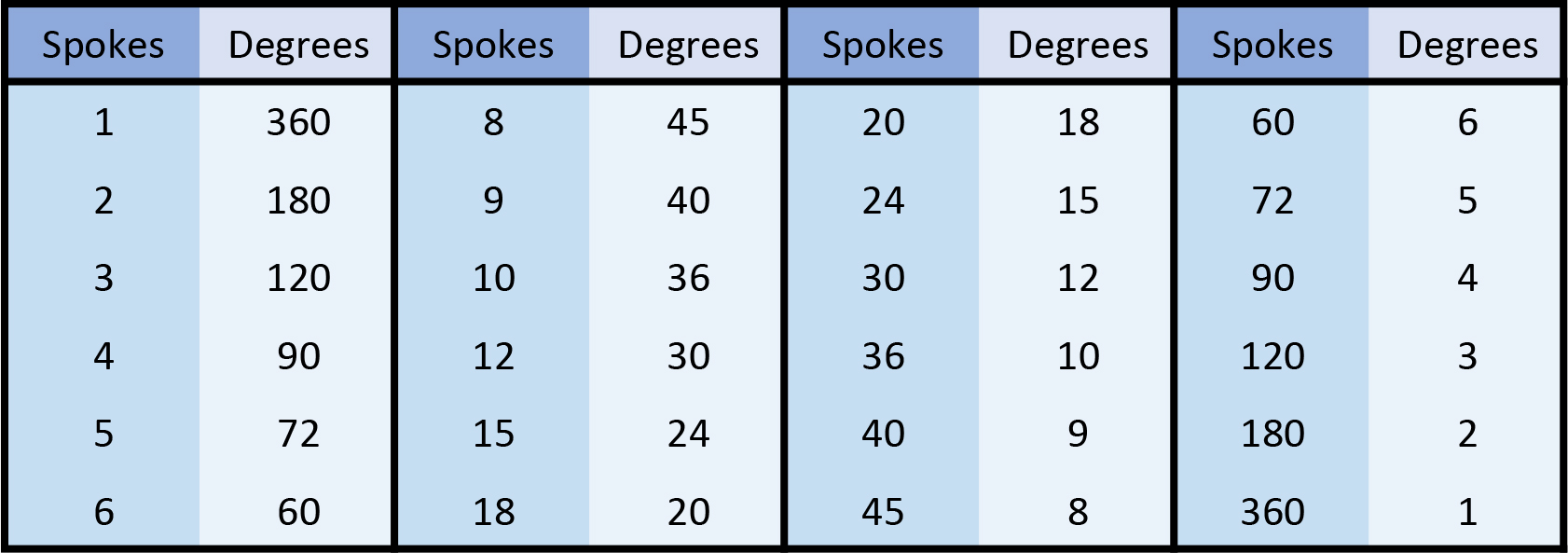
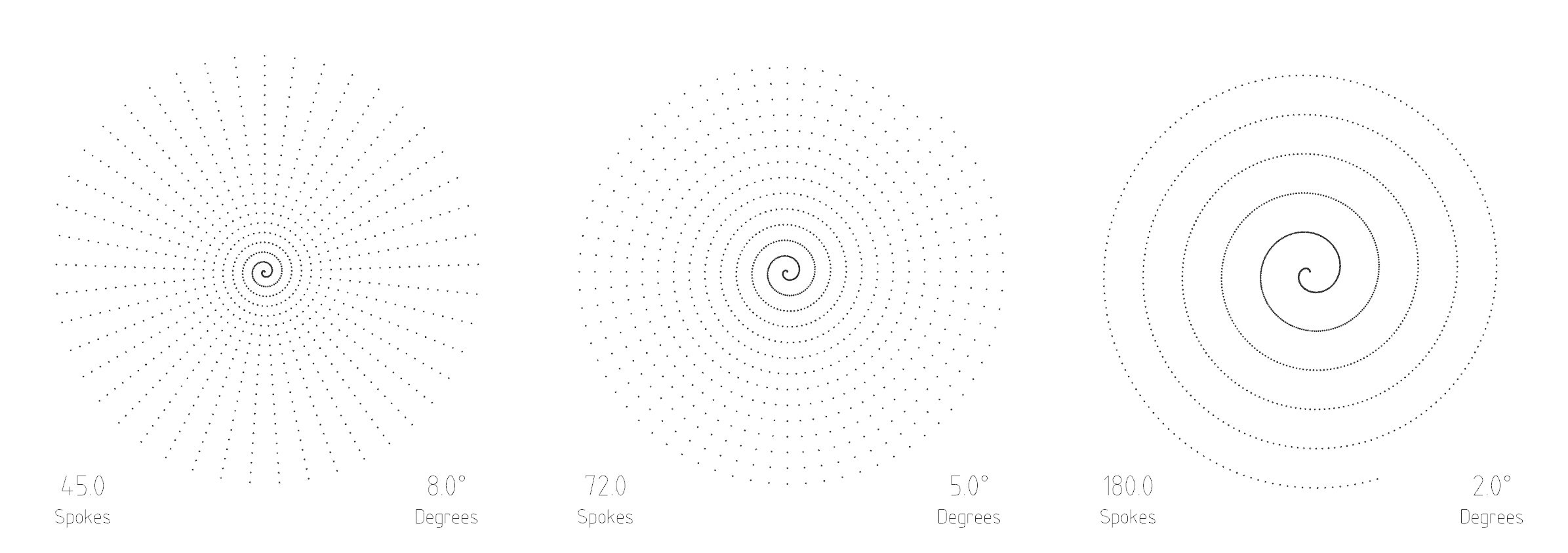

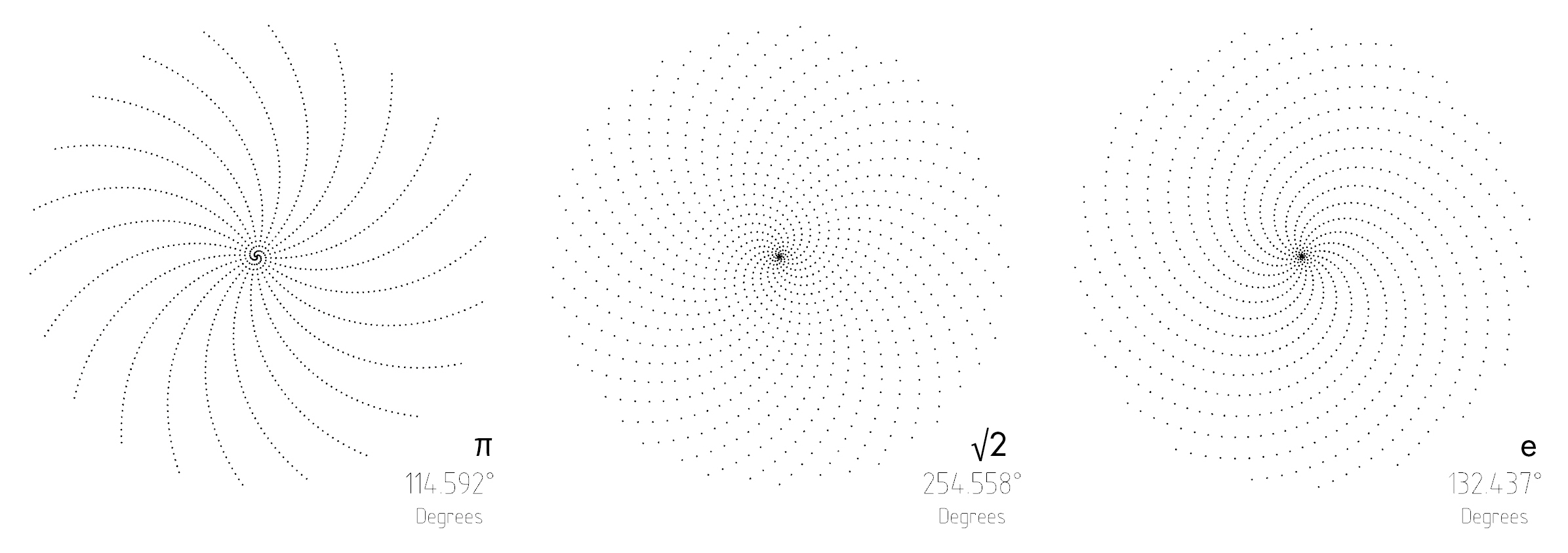
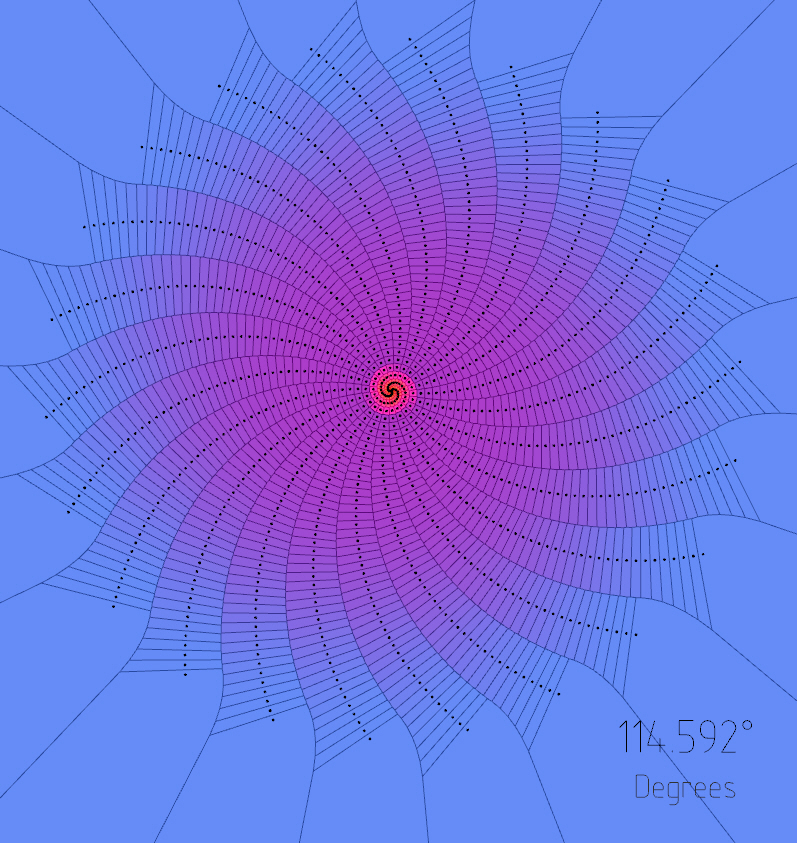

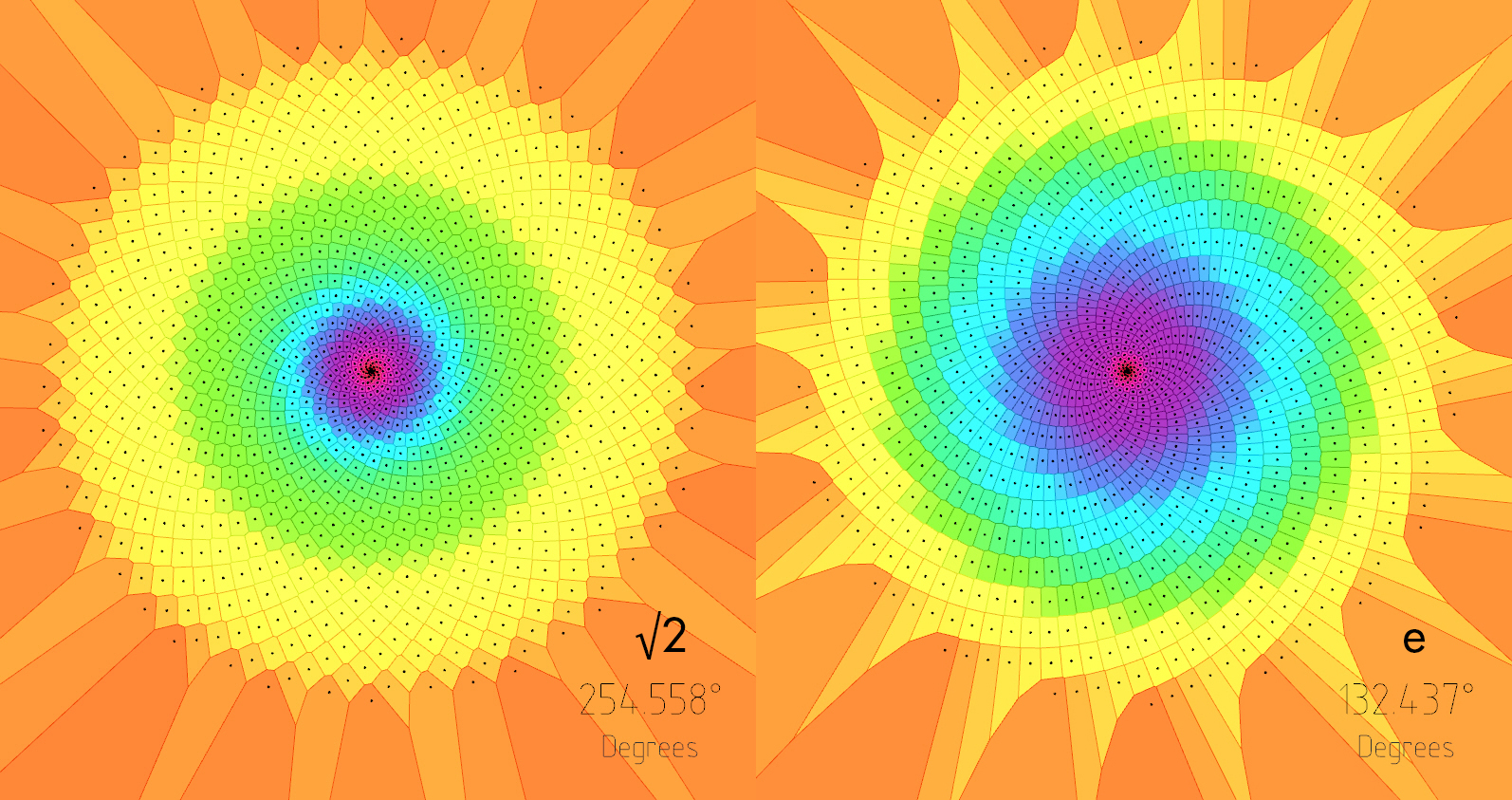
Source:
Infinite fractions and the most irrational number: [Link]
The Golden Ratio (why it is so irrational): [Link]

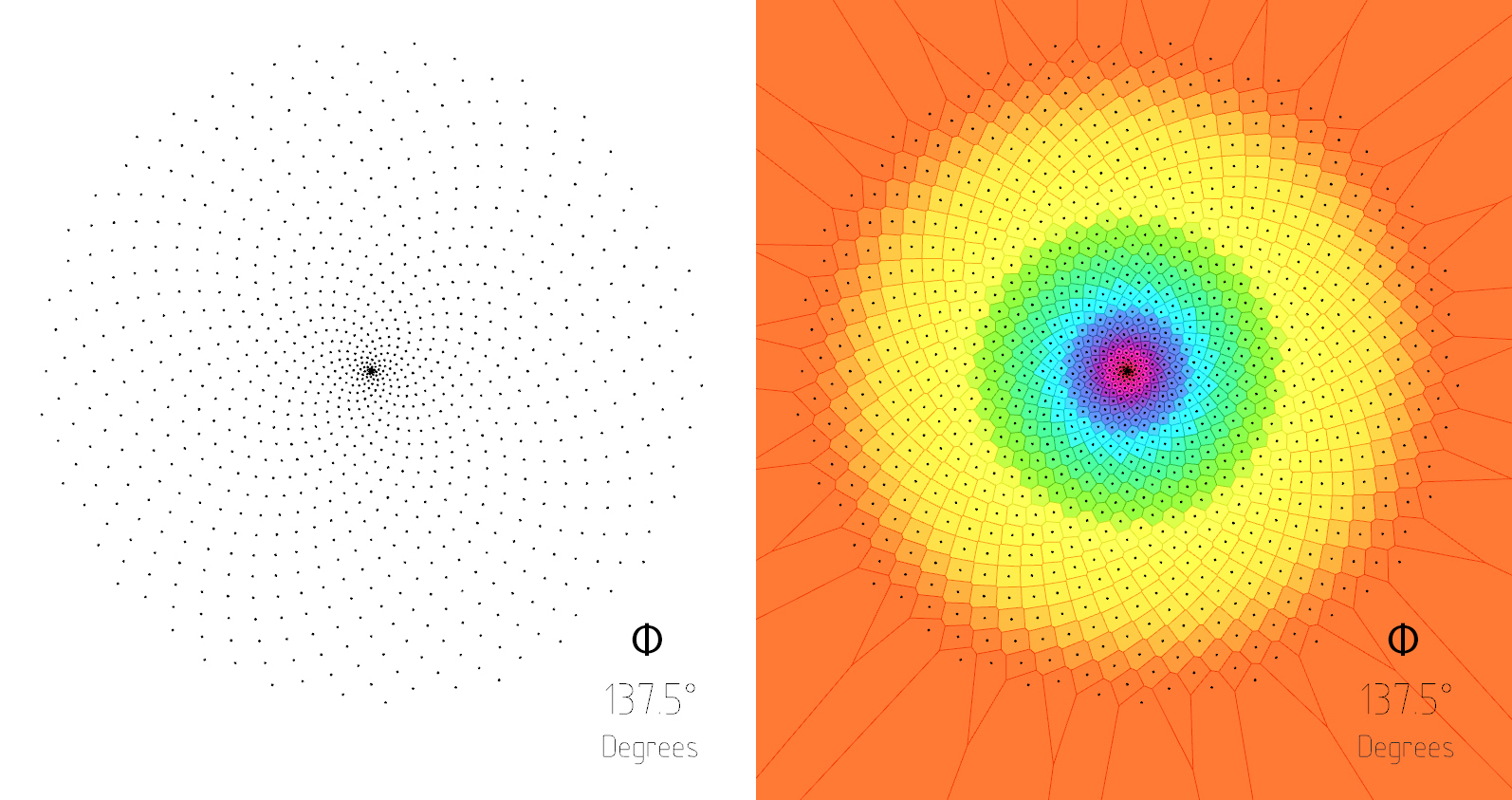
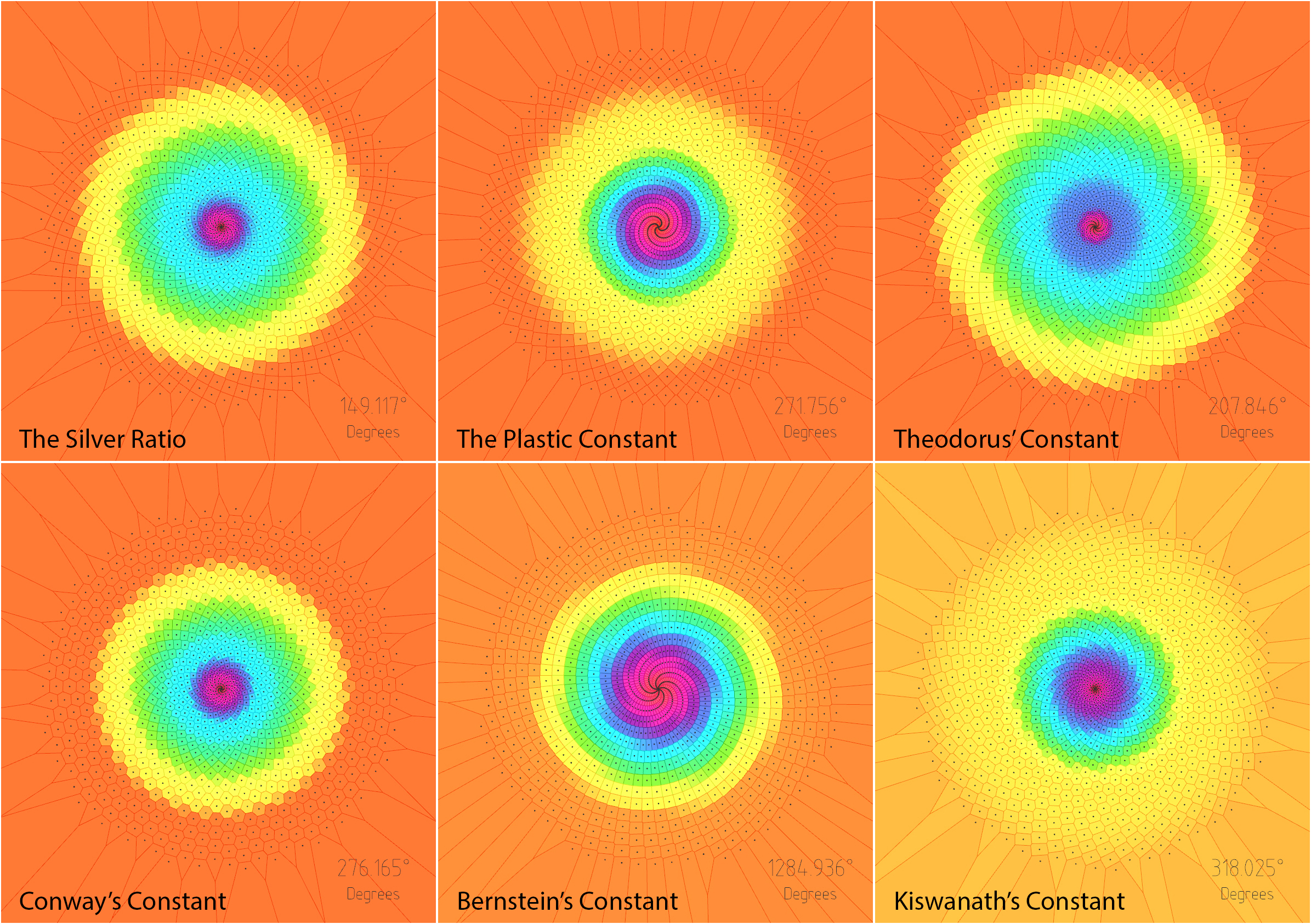
Source:
The Silver Ratio & Metallic Means: [Link]
M.C. Escher said that we adore chaos because we love to produce order. Alain Badiou also said that mathematics is a rigorous aesthetic; it tells us nothing of real being, but forges a fiction of intelligible consistency.
Technology today is designed to fail. Products are made so that you will buy a new one after a pre-determined time. This is called planned obsolescence and is a widely accepted commercial concept within industrial companies.
The Phoebus Kartel was a cartel of, among others, Osram, Philips and General Electricfrom December 23, 1924 until 1939 that controlled the manufacture and sale of light bulbs. It decided that it would limit the lifetime of a lightbulb to 1000 hours. Before this arbitrary and profit-driven decision, light bulbs could last for a very long time, a solid proof for that is the Livermore’s Centennial Lightbulb which shines since 1890. The 1000 hours rule was the beginning of an imposed large-scale planned obsolescence.
 Above: The Livermore’s Centennial Lightbulb’s webcam
Above: The Livermore’s Centennial Lightbulb’s webcam
After the great depression, Bernard London thought that imposing planned obsolescence by law would bring prosperity to Americans.
The american designer Brook Stevens gave many conferences on the advantage of planned obsolescence. His products would always look newer, better than the existing one. By his definition, planned obsolescence was “Instilling in the buyer the desire to own something a little newer, a little better, a little sooner than is necessary.”
 Above: The toastalator by Brook Stevens
Above: The toastalator by Brook Stevens
Without planned obsolescence, shopping malls would probably not exits and economic growth would not be as crucial as it it today to the economy. In essence, economic growth does not attempt to make human life better, it just tries to grow for the sake of it. This growth is based on debt and on consuming products that are not necessary. As the economist and system theorist Kenneth Boulding once said: “Someone who believes that an economy that constantly grows on a planet that is finite is either mad or an economist, the problem is that we are all economists now.”
The Waste Makers, published in 1960 by Vance Packard is the first book on the topic.
Apple, largest public company in the U.S., gave a clear notice to its reseller when the IPOD battery would fail: “buy a new ipod“. Apple was sued for that by consumers, the case was called Wesley vs. Apple. Apple lost the case and was forced to extend the warranty on the battery. Apple has no environmental policy for its products and tries to sell as many products as possible, not products that will last.
 Image courtesy of Stay Free Magazine.
Image courtesy of Stay Free Magazine.
Epson adds microchips in some of their printers that counts the amount of prints and breaks the printer after reaching a pre-determined printer. In fact, some freewares help you to reset the count so that you can use your printers more.
Electronic products that could have lasted much longer end up in illegal dump site in countries such as Ghana and Nigeria (have a look at the Agbogbloshie dump site on this BBC documentary).
 Above: kid looking for copper on the Agbogbloshie illegal E-Waste dump site, Ghana
Above: kid looking for copper on the Agbogbloshie illegal E-Waste dump site, Ghana
The idea of creating “Open-Source” buildings from simple materials that can be made and improved by anyone and based on home-grown or widely accessible products is DS10’s answer to the tragedy of planned obsolescence. Similarly to open source software that can always be updated and maintained by the end user, the makers will not be at the sole mercy of a proprietary vendor. We will also look into temples, timeless monuments for spirituality and best counter example for modernist buildings, a theory which emerged around the same time as the Phoebus Kartel.
Sources:
-This post is based on the documentary “The Light Bulb Conspiracy” by Cosima Dannoritzen.
-http://www.apfelkraut.org/2011/03/the-untold-story-of-planned-obsolescence/
-http://quiet-environmentalist.com/is-the-earth-doomed-due-to-planned-obsolescence/
-http://www.amazon.com/Made-Break-Technology-Obsolescence-America/dp/0674022033
-http://www.amazon.co.uk/Planned-Obsolescence-Publishing-Technology-Academy/dp/0814727883
Vertical growth/closed loop production has been developed by biofuel companies to produce algae faster and more efficiently than open pond growth. With vertical growing, algae are placed in clear plastic bags/tubes, so they can be exposed to sunlight on all sides. The extra sun exposure increases the productivity rate of the algae, which in turn increases oil production. The algae are also protected from contamination due the closed envionment of their growth.
This small scale experiment shows the growth of algae in a clear plastic tube of rainwater exposed to sunlight. An air pump is used to circulate the algae solution and to provide ample ‘dirty’ air including carbon dioxide. The rainwater provides nutrients such as nitrogen and phosphorus also required for algae growth. It can be seen that algae grows rapidly – in a matter of days – unlike seasonal crops.


This example shows an animation of my ‘work-in-progress’ Grasshopper definition that uses Hoopsnake to recursively perform a ‘copy by mirror’ function on a geometric form. The two examples are based on a cube and a tetrahedron. The growth is linear; expanding by one module with each step. The position of each new module is determined by a new randomly selected face of the preceding module.
I would like to develop the definition so that it doesn’t self intersect, so any comments with ideas on how to achieve this would be appreciated!